The Battle of Callander
This article was originally posted on Callander Heritage. Reposted with permission.
1646 was the fifth and final year of the First English Civil War.
In February 1646, during the campaigns of Montrose, a battle was fought at Callander between the Campbell of Argyll and the Atholl’s men. The Campbells were harassing the MacGregors and the MacNabs for their allegiance to Montrose.
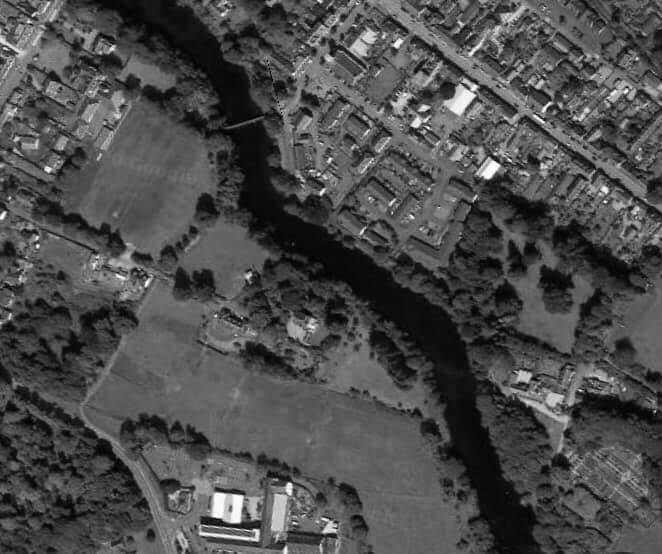
When marching through Strathspey, Montrose received intelligence that Atholl was threatened with a visit from the Campbells, a circumstance which induced him to dispatch Graeme of Inchbrakie and John Drummond, younger of Balloch, to Atholl on a recruiting expedition. In a short time they raised 700 men and proceeded with them into Menteith.
The inhabitants of Argyle, on hearing of Sir Alexander McDonald’s arrival in their country after the Battle of Kilsyth, had fled to avoid his vengeance and concealed themselves in caverns or in the clefts of rocks; but being compelled by the calls of hunger to abandon their retreats they had been collected together by Campbell of Ardkinglas to the number of about twelve hundred men.
On February 13th 1646 James Graham, 1st Marquess of Montrose, was joined by the Stewarts of Balquhidder, the MacGregors and MacNabs, the Menzies’s and other Highlanders, and in revenge for his cousin Lord Kilpont’s death, on his way to Menteith he deliberately marched his men along the southern shore of Loch Earn destroying what remained of the Ardvorlich estate that had survived the initial Irish onslaught. This callous act found great favour with the outlawed Clan MacGregor of Balquhidder and the MacNabs, who laid siege to Edinample Castle, a Campbell stronghold at Loch Earn. When news came of the advance of Atholl’s men marching against them, and unable to take the castle they hastily retreated South towards Menteith, they were pursued by the Atholl’s men through Glen Ample down the bank of the north shore of Loch Lubnaig towards Callander, at Callander Castle, a tower house that had once stood south of the river they rallied and prepared to do battle.
The Argyll’s men took occupancy of the Ford to the east of the now present manse which occupied the site of Callander castle. Posting a strong party of Musketeers on the rising ground immediately west of the Ford on the south side of the Teith. Having ascertained the strength and position of the Campbells, Inchbrakie ordered his men to advance to the ford as if with the intention of crossing it in order to draw the attention of the Camphells to this single point, while with the remainder of his men he hastened to cross the river by another ford, higher up.
The Athollmen, notwithstanding their inferiority of numbers, resolved to charge.
This movement was immediately seen by the Argylemen, who, alarmed at such a bold step and probably thinking that the Athollmen were more numerous than they really were, abandoned the position and fled with terror towards Stirling. As soon as the Atholl party stationed at the lower ford saw the opposite bank deserted, they immediately crossed the river and attacked the rear of the retiring Camphells. They fled like madmen, many of them being slain in the fight, more drowned in the river, their haste being such that they did not to seek the fords.
They were soon joined in the pursuit by the party which had crossed the higher ford, but as the Atholl men had performed a tedious march of ten miles that morning along difficult roads and being improvised with horses they were unable to continue the pursuit, but, having accomplished their object in dispersing a force which had threatened to invade, returned home to Menteith. The Campbell’s who escaped made no halt until they had crossed the water of the Forth at the Drip bridge and the safety of Stirling.
Around 80 of their men lay slain behind them on the battle field around the fords, near the castle of Callander.
Below is an aerial view of Callander Castle, now called the Manse.





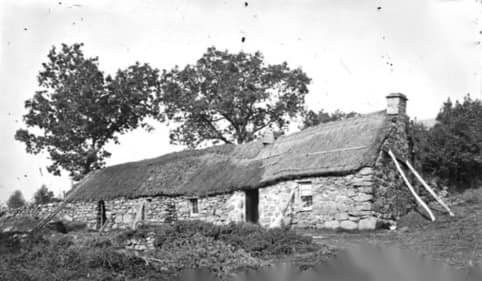
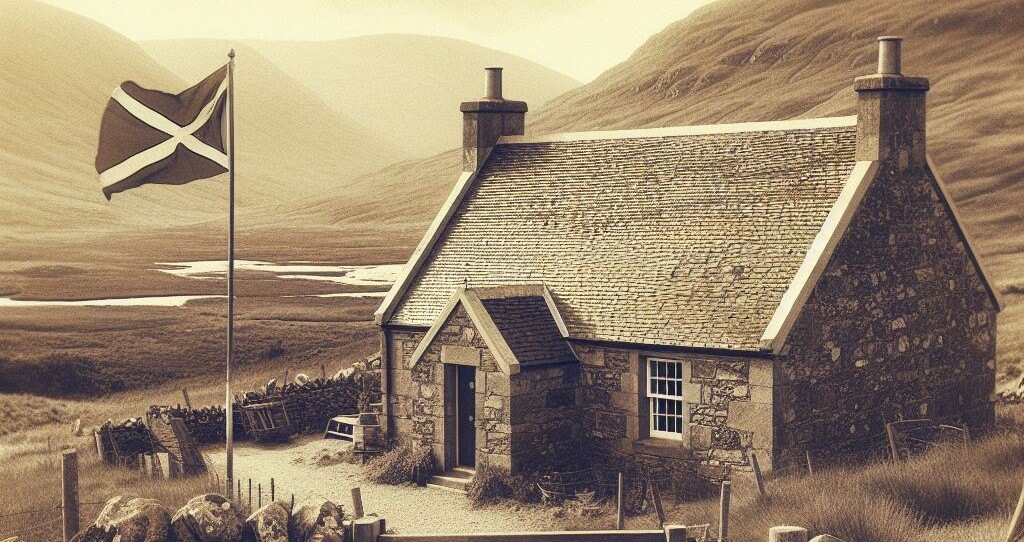
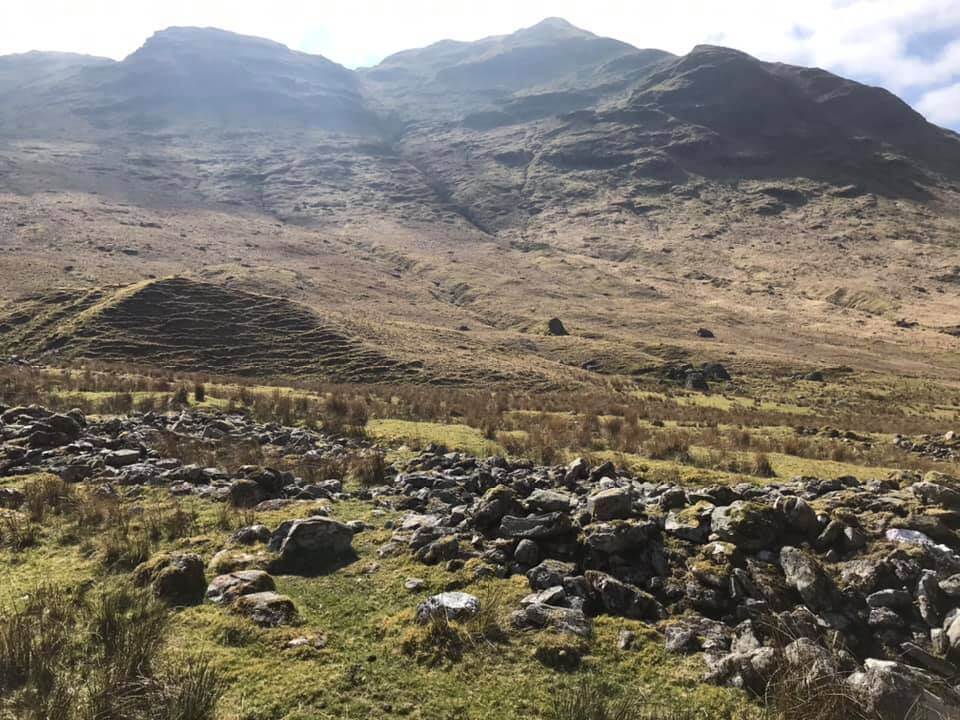
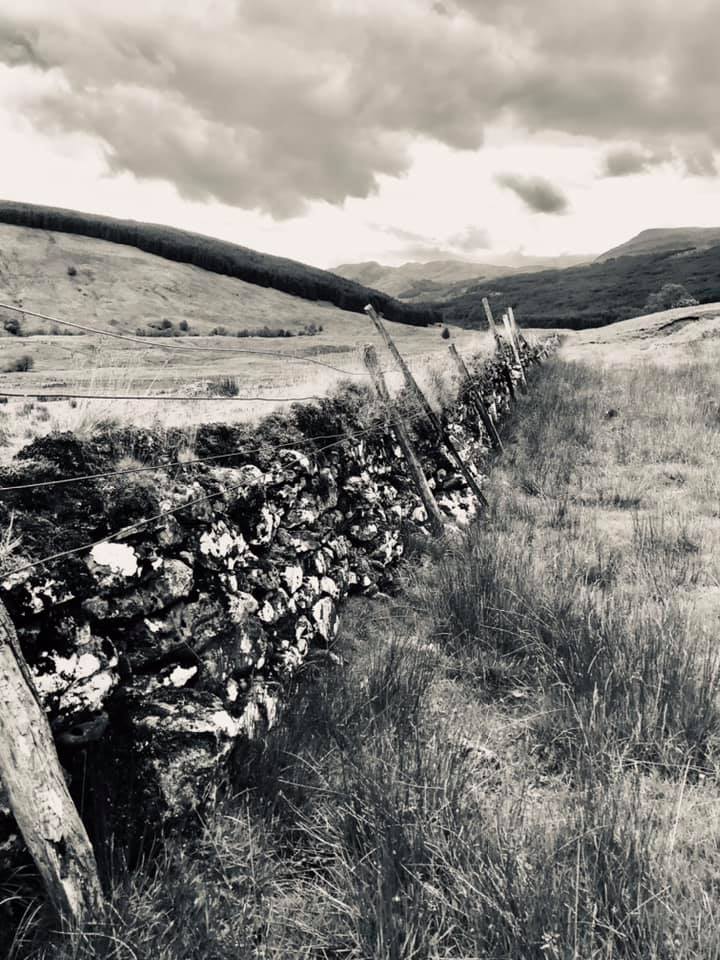
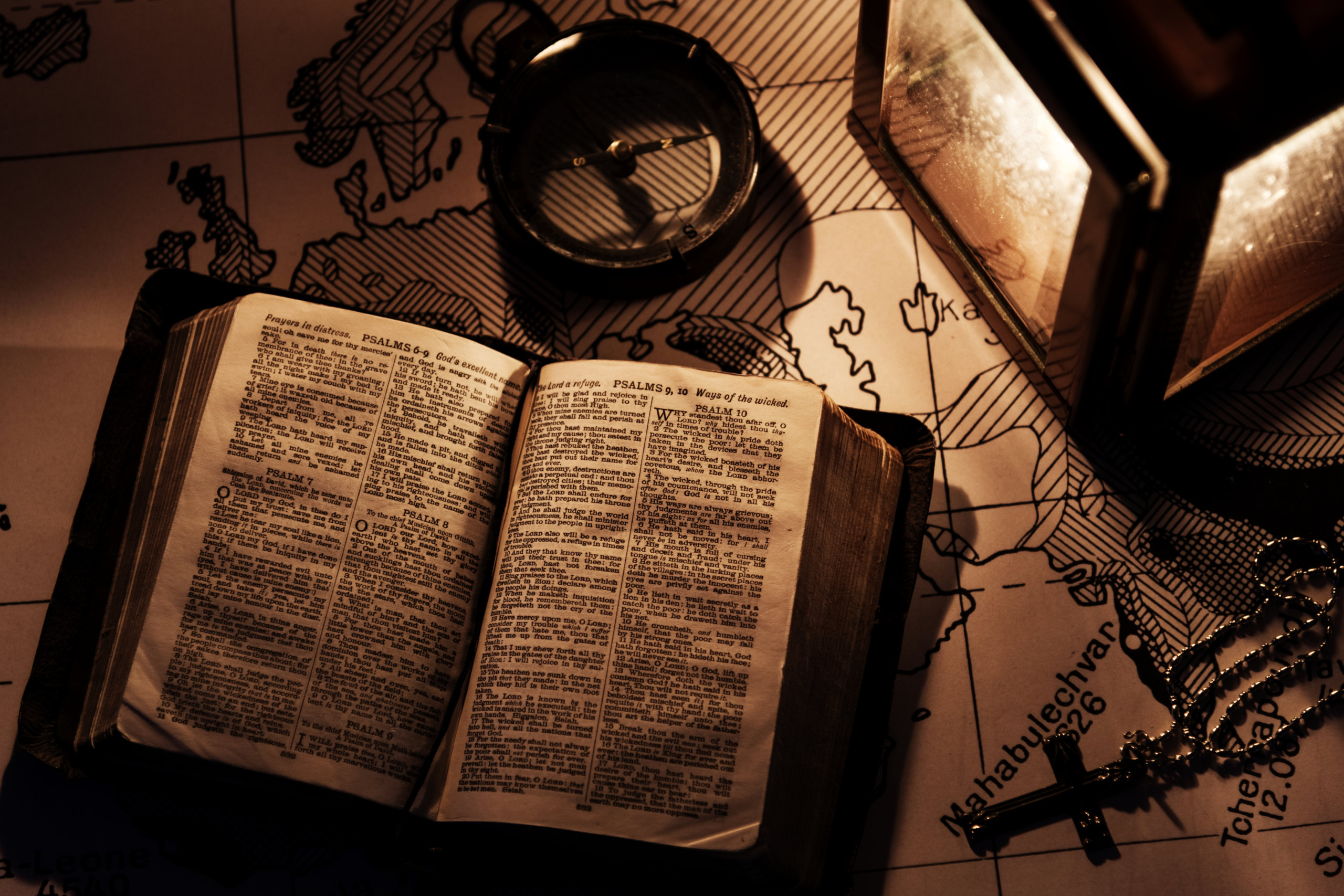
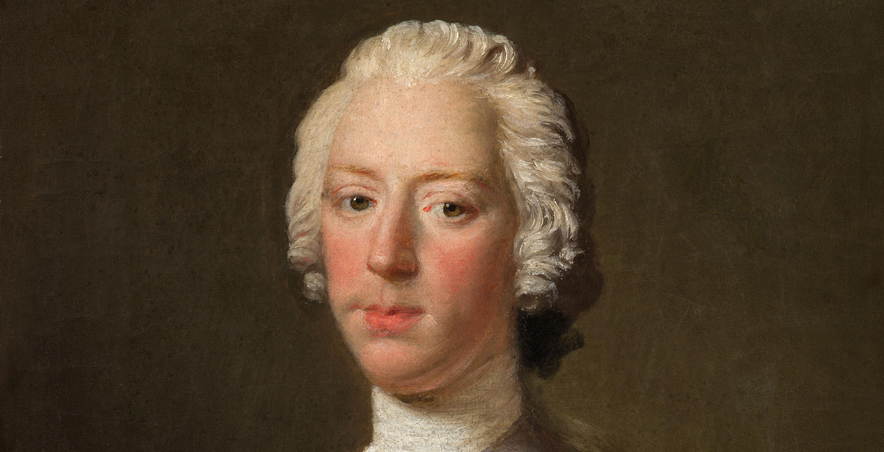
0 Comments